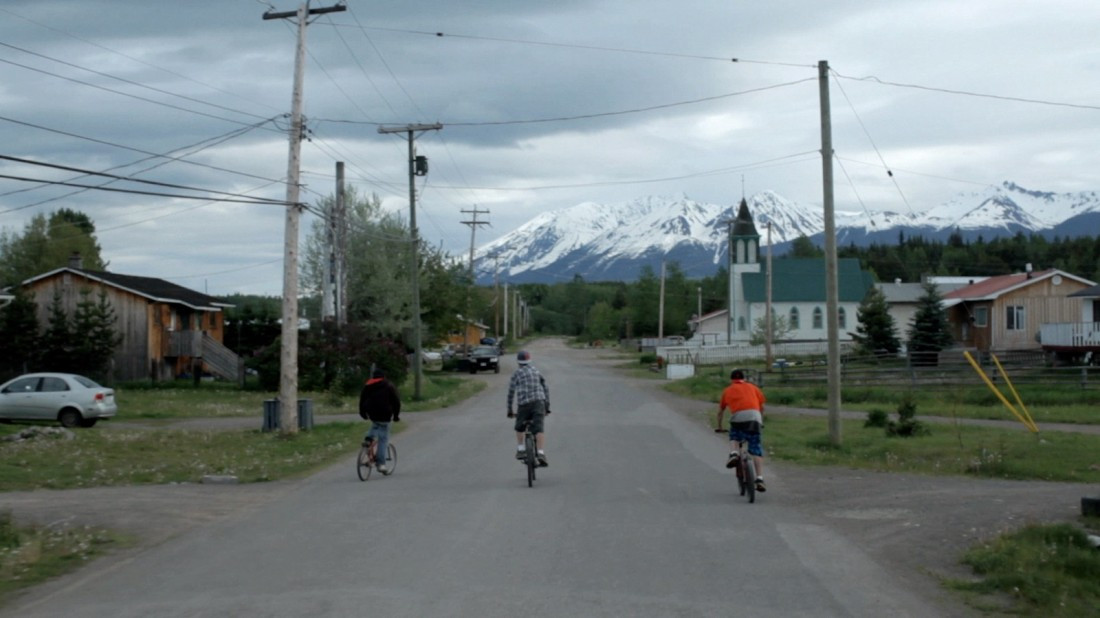Indigenous films for all
Films offer new perspectives on aboriginal cultures at WAFF
Interwoven into indigenous past is a tapestry of storytelling. Film is just another medium for those stories to continue.
The Winnipeg Aboriginal Film Festival (WAFF) is bringing indigenous stories to the screen, celebrating culture and starting conversations.
“Our films are from around the indigenous world and show the differences and similarities in cultures from each corner,” Coleen Rajotte, founding artistic director of WAFF, says.
Expect to see films such as horror movie Violet, TIFF selected Firesong, and documentaries that feature pressing issues affecting indigenous communities, including the Wookey sibling’s A Right To Eat, which investigates food security in northern communities.
In its 14th year running, the festival will not only feature a variety of films, but will also be jam packed with different events and speakers.
“This year, we are proud to feature actor and recently crowned Mrs. Universe, Ashley Callingbull,” Rajotte says. “Every year we bring the top people in the industry together with a diverse audience, including youth, and show them the best in aboriginal films and filmmakers.”
Callingbull will be speaking with young people at the festival’s Youth Education Day on Nov. 18 while also talking later that night before the screening of Matthew Smiley’s Highway of Tears.
The documentary, which will open the festival, addresses the issue of missing and murdered indigenous women on a 724 kilometre stretch of highway in northern B.C.
“We've actually been quite selective over the festivals that we've done so far with the film, but each one certainly has an aura about them,” Smiley says. “I'm particularly nervous on how the film will be received as Winnipeg has been very much affected by cases of violence and murder against aboriginal women and girls.”
The film is used as a tool to initiate discussion among communities.
“I think it's hugely important for all audiences to see this film,” Smiley says. “We’ve been in the dark for far too many years on how the indigenous population has been treated, which has led us down a horrid path of turning a blind eye to women and girls going missing and turning up murdered.”
Rajotte agrees that films showcase a new view that’s crucial to truly look deeper into issues.
“It's critically important to bring these subjects to a mixed audience of indigenous and non-indigenous peoples,” Rajotte says. “Film can be a bridge between cultures. It can give expression to issues that people are struggling with, too.”
WAFF offers an opportunity to unpack these issues after the film with a Q and A artist talk, continuing the dialogue from internal to external and hopefully towards progress.
But not everything at the festival is so serious.
WAFF also makes sure to celebrate and support indigenous culture with events such as the Canadian Aboriginal Music Video Showcase and their annual Manitoba Filmmakers Night where the festival profiles local talent.
Published in Volume 70, Number 10 of The Uniter (November 12, 2015)








